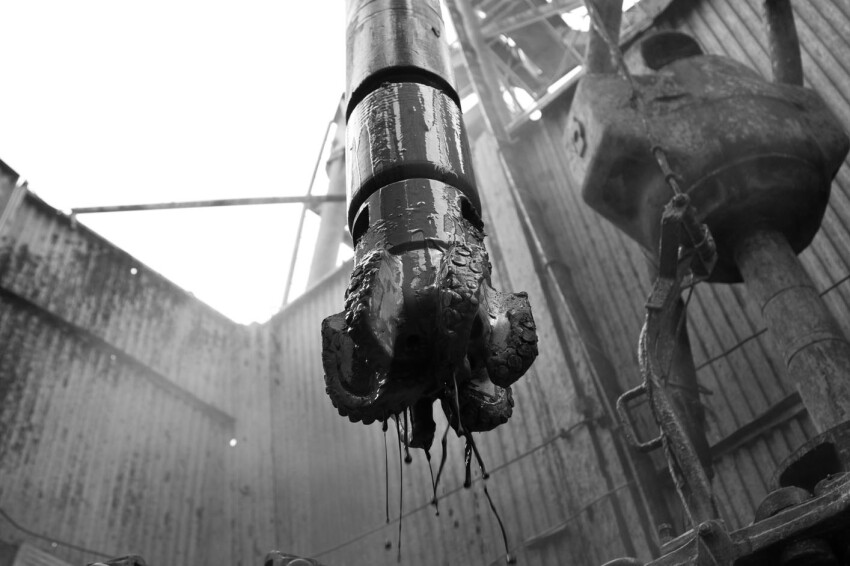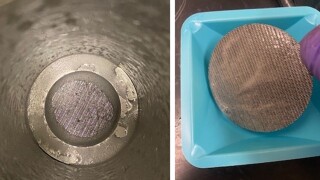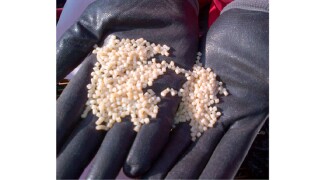Drilling
This research aims to develop a fluid-advisory system that provides recommendations for optimal amounts of chemical additives needed to maintain desired fluid properties in various drilling-fluid systems.
This paper describes development of a high-temperature water-based reservoir drill-in fluid using a novel synthetic polymer and customized with optimal chemical concentrations and sized calcium carbonate.
In this case study, a geomechanics-based approach was used to create bridging and sealing at the fracture aperture using a biparticle self-degradable lost-circulation-fluid system.
-
Advances made in horizontal and complex-trajectory wells demonstrate that, despite this historic downturn, the industry has kept innovating and optimizing to bring more-efficient solutions to the table.
-
The wireline formation tester (WFT) is a well-developed technology used to collect representative downhole fluid samples. The authors introduce a simple but effective method for monitoring WFT sampling when targeting the low levels of contamination needed for asphaltene-onset-pressure analysis.
-
This work focuses on the laboratory techniques for developing, assessing, and analyzing innovative water-based drilling fluids containing iron oxide (Fe2O3) and silica (SiO2) nanoparticles.
-
At certain conditions, the good performance of synthetic-based mud (SBM) will degrade, particularly because of the effect of chemical instability under high temperature. Silicon dioxide (SiO2) nanopowder (nanosilica) holds the potential for performance improvement.
-
Experience has revealed that frictional pressure loss in the wellbore hinders the full use of the entire length of the horizontal well. This paper presents a new approach to maximize the use of the full length of long horizontal drainholes.
-
This study compares the performance of openhole-packer completion systems with that of cemented-liner completion systems in the northern Montney gas resource play.
-
In horizontal and extended-reach wells in which long completions are run into highly deviated or lateral zones, large compression loads arise because of running friction.
-
The engineering and operational planning to ensure that no uncontrolled hydrocarbon releases occur during the execution of subsea big-bore gas wells are described.
-
Understanding drilling dynamics, the downhole shock and vibration that occur while drilling, is a crucial step to improving drilling efficiency and reducing nonproductive time (NPT).
-
In organic shales, hydraulic fracturing is important for optimizing the production of horizontal wells. For a standalone lateral, the propped surface should be maximized to increase production. In the case of a pad, well spacing is an additional factor.













